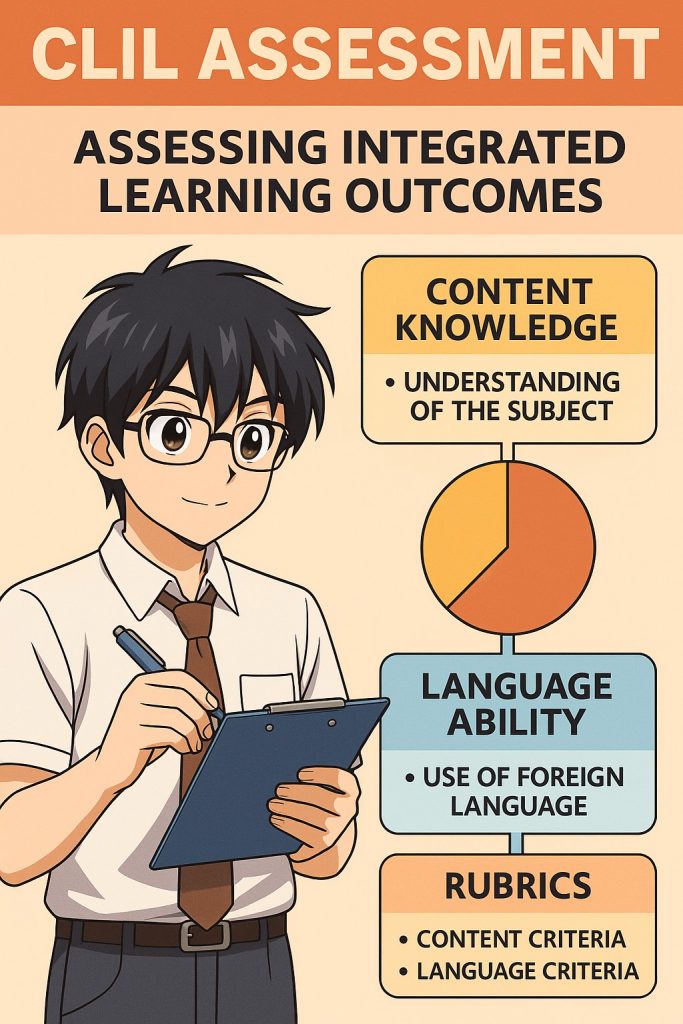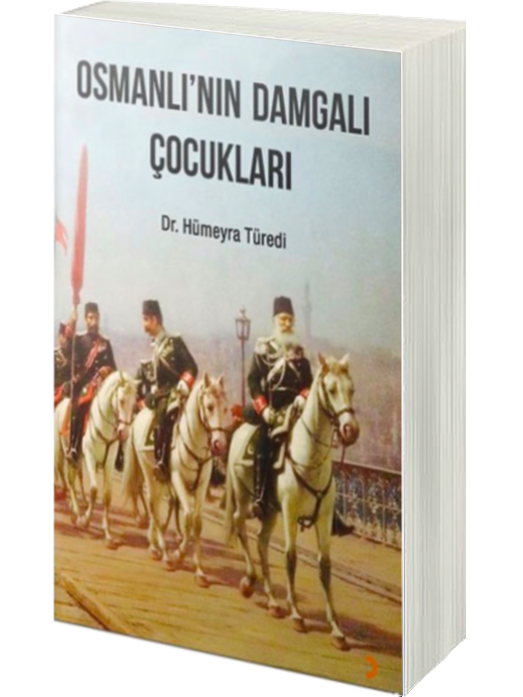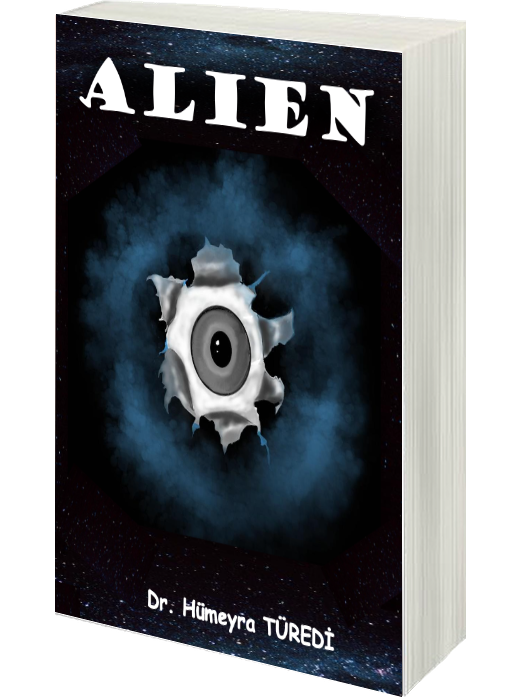
Assessment in CLIL (Content and Language Integrated Learning) classes is one of the trickiest parts to get right—and often the most misunderstood. Unlike regular lessons where you check content and language separately, CLIL asks teachers to look at both together. How well does a student understand the topic? And how well can they share that understanding in another language? It’s not always simple, but it can lead to more meaningful ways of seeing what students can really do.
One of the first things CLIL teachers think about is balance. Should you focus more on the content or the language? The truth is, it depends on what you want students to get out of that lesson. Sometimes the priority is understanding the science or history. Other times, it’s about practicing clear communication. For example, if students are doing a science experiment, you might care most about their scientific thinking, even if their language isn’t perfect yet. But if they’re giving a presentation, the way they use language becomes just as important. Flexibility is key—there’s no one-size-fits-all checklist.
Formative assessment—those small, everyday checks—matters a lot in CLIL. Because students are building knowledge and language skills, they need lots of chances to test out ideas, get feedback, and see where they stand. Simple tools like exit tickets, peer feedback, reflection journals, or language checklists help them think about what they’ve learned and how they’ve said it. It also gives students ownership over their progress.
Of course, you still need summative assessment too, especially when grades come into play. But the traditional written test isn’t always the fairest option for CLIL. Some students might fully understand the topic but struggle to write about it in a foreign language. That’s why more and more teachers use alternatives like oral presentations, group projects, or video reports. These give students more than one way to show what they know—and how they can communicate it.
Clear rubrics make a big difference in CLIL classrooms. A good rubric separates content and language. One part checks if the facts are right, ideas are deep, or the argument makes sense. Another part looks at things like vocabulary, grammar, and clarity. This way, students know exactly what’s expected, and teachers can grade fairly. Rubrics are especially useful when multiple teachers are working together in co-taught CLIL classes.
One big challenge is that national exams don’t always match up with how CLIL works. Many standardized tests check content or language, but not both together. This can confuse students and limit what teachers can try in the classroom. Ideally, education systems should make room for integrated assessments that reflect how students learn in CLIL.
Another thing to remember is that students’ language skills develop at different speeds. When you’re grading, ask yourself: do language mistakes make it impossible to understand the main idea? If not, maybe they shouldn’t hurt the student’s content grade too much—especially in early stages. Over time, you can raise expectations for language accuracy as confidence grows.
Lastly, good CLIL assessment respects every student’s background. Learners bring different experiences, cultures, and ways of expressing themselves. Assessment should make room for that, without lowering standards. Providing bilingual glossaries, visuals, or clear instructions can help make things fair for everyone.
In the end, CLIL assessment isn’t just about checking two boxes—content and language. It’s about seeing how students use language as a tool to understand, explain, and apply what they’ve learned. Done right, it doesn’t just measure learning; it helps build the skills we want students to have: curiosity, clear communication, and confidence to learn in more than one language.
Dr. Humeyra Turedi
References
- Coyle, D., Hood, P., & Marsh, D. (2010). CLIL: Content and Language Integrated Learning. Cambridge University Press.
- Bentley, K. (2010). The TKT Course CLIL Module. Cambridge University Press.
- Meyer, O. (2010). Towards quality-CLIL: Successful planning and teaching strategies. Pulso, 33, 11–29.
- Ball, P., Kelly, K., & Clegg, J. (2015). Putting CLIL into Practice. Oxford University Press.
- Llinares, A., Morton, T., & Whittaker, R. (2012). The Roles of Language in CLIL. Cambridge University Press.
CLIL Sınıflarında Değerlendirme: Ne Ölçmeliyiz?
Dr. Humeyra Türedi
CLIL (İçerik ve Dil Bütünleştirmeli Öğrenim) sınıflarında değerlendirme, genellikle en zorlayıcı ve en yanlış anlaşılan konulardan biridir. Normal derslerde içerik ve dil ayrı ayrı değerlendirilirken, CLIL her ikisine birlikte bakmayı gerektirir. Bir öğrencinin konuyu ne kadar iyi anladığını ve bu anlayışını başka bir dilde ne kadar etkili ifade edebildiğini değerlendirmek gerekir. Bu her zaman kolay olmasa da, öğrencilerin gerçekten ne bildiklerini daha anlamlı biçimde ortaya koyan bir yaklaşımdır.
CLIL öğretmenlerinin ilk düşündüğü şeylerden biri dengedir. Değerlendirme dil mi yoksa içerik mi ağırlıklı olmalı? Bu sorunun yanıtı, dersin hedeflerine göre değişir. Bazen amaç bilimsel ya da tarihsel bilgiyi anlamaktır; bazen de net iletişim becerilerini geliştirmektir. Örneğin bir bilim deneyi yapılıyorsa, öğrencinin bilimsel düşünme becerisi, dil hataları olsa bile daha ön planda olabilir. Ama bir sunum yapılıyorsa, kullanılan dil de en az içerik kadar önem kazanır. Esneklik bu noktada çok değerlidir — tek bir doğru yöntem yoktur.
CLIL’de biçimlendirici değerlendirme — yani ders içindeki küçük, düzenli kontrol noktaları — çok önemlidir. Çünkü öğrenciler aynı anda hem bilgi hem de dil geliştirirler ve bu süreci takip edebilmek için sık sık geri bildirim almaya ihtiyaç duyarlar. Çıkış kartları, akran değerlendirmeleri, günlükler ya da dil kontrol listeleri gibi basit araçlar, öğrencilerin hem ne öğrendiklerini hem de bunu nasıl ifade ettiklerini düşünmelerine yardımcı olur. Ayrıca öğrencilere kendi öğrenme süreçlerinin sorumluluğunu alma şansı da verir.
Elbette, not vermeyi gerektiren durumlarda özetleyici değerlendirme de gerekir. Ancak geleneksel yazılı sınavlar CLIL bağlamında her zaman adil olmayabilir. Bazı öğrenciler konuyu çok iyi anlayabilir, fakat bunu yabancı dilde yazmakta zorlanabilirler. Bu yüzden giderek daha fazla öğretmen sunum, grup projesi ya da video raporlar gibi alternatif değerlendirme yollarını tercih etmektedir. Bu tür yöntemler, öğrencilerin hem bilgi düzeylerini hem de iletişim becerilerini göstermeleri için çok daha uygun fırsatlar sunar.
Açık ve net rubrikler CLIL sınıflarında büyük fark yaratır. İyi hazırlanmış bir rubrik, içerik ve dili ayrı ayrı değerlendirir. Bir bölüm; bilgilerin doğruluğu, fikirlerin derinliği ve argümanın mantıksal tutarlılığına bakarken; diğer bölüm kelime dağarcığı, dilbilgisi ve ifade netliğine odaklanır. Böylece öğrenciler ne beklendiğini açıkça anlar, öğretmenler de daha adil bir şekilde değerlendirme yapabilir. Özellikle birden fazla öğretmenin birlikte ders verdiği CLIL sınıflarında rubrikler çok işlevseldir.
Ancak ulusal sınavlar her zaman CLIL yaklaşımlarıyla örtüşmez. Pek çok standart sınav, içerik ya da dili ayrı ayrı değerlendirir — ikisini bütüncül biçimde ölçmez. Bu da öğrencilerde kafa karışıklığına neden olabilir ve öğretmenlerin sınıfta yeni şeyler denemesini kısıtlayabilir. İdeal olan, CLIL’e uygun entegre değerlendirme yöntemlerinin resmi sınav sistemlerinde de yer bulmasıdır.
Bir diğer önemli nokta ise, öğrencilerin dil gelişiminin farklı hızlarda ilerlemesidir. Değerlendirme yaparken öğretmenler kendilerine şunu sormalıdır: “Bu dil hataları öğrencinin ne demek istediğini anlamamı engelliyor mu?” Eğer yanıt hayırsa, özellikle erken aşamalarda bu hataların içerik notunu çok fazla etkilememesi gerekir. Zamanla, dil doğruluğuna dair beklentiler de kademeli olarak artırılabilir.
Son olarak, iyi bir CLIL değerlendirmesi her öğrencinin farklı geçmişine ve ifade biçimlerine saygı gösterir. Öğrenciler sınıfa farklı kültürel deneyimler ve iletişim tarzlarıyla gelirler. Değerlendirme bu çeşitliliğe alan açmalı, ancak standartları da düşürmemelidir. İki dilli sözlükler, görseller ya da net yönergeler gibi destekleyici araçlar sayesinde değerlendirme daha adil hale getirilebilir.
Sonuç olarak, CLIL değerlendirmesi yalnızca içerik ve dili ölçmekten ibaret değildir. Asıl amaç, öğrencilerin dili bir araç olarak nasıl kullandıklarını, ne öğrendiklerini nasıl açıkladıklarını ve bilgiyi nasıl uyguladıklarını görebilmektir. Doğru uygulandığında bu değerlendirme yaklaşımı, sadece öğrenmeyi ölçmekle kalmaz; aynı zamanda öğrencilerin merak duygusunu, iletişim becerilerini ve çok dilli dünyada öğrenmeye duydukları güveni de inşa eder.
Kaynakça
Coyle, D., Hood, P., & Marsh, D. (2010). CLIL: Content and Language Integrated Learning. Cambridge University Press.
Bentley, K. (2010). The TKT Course CLIL Module. Cambridge University Press.
Meyer, O. (2010). Towards quality-CLIL: Successful planning and teaching strategies. Pulso, 33, 11–29.
Ball, P., Kelly, K., & Clegg, J. (2015). Putting CLIL into Practice. Oxford University Press.
Llinares, A., Morton, T., & Whittaker, R. (2012). The Roles of Language in CLIL. Cambridge University Press.



